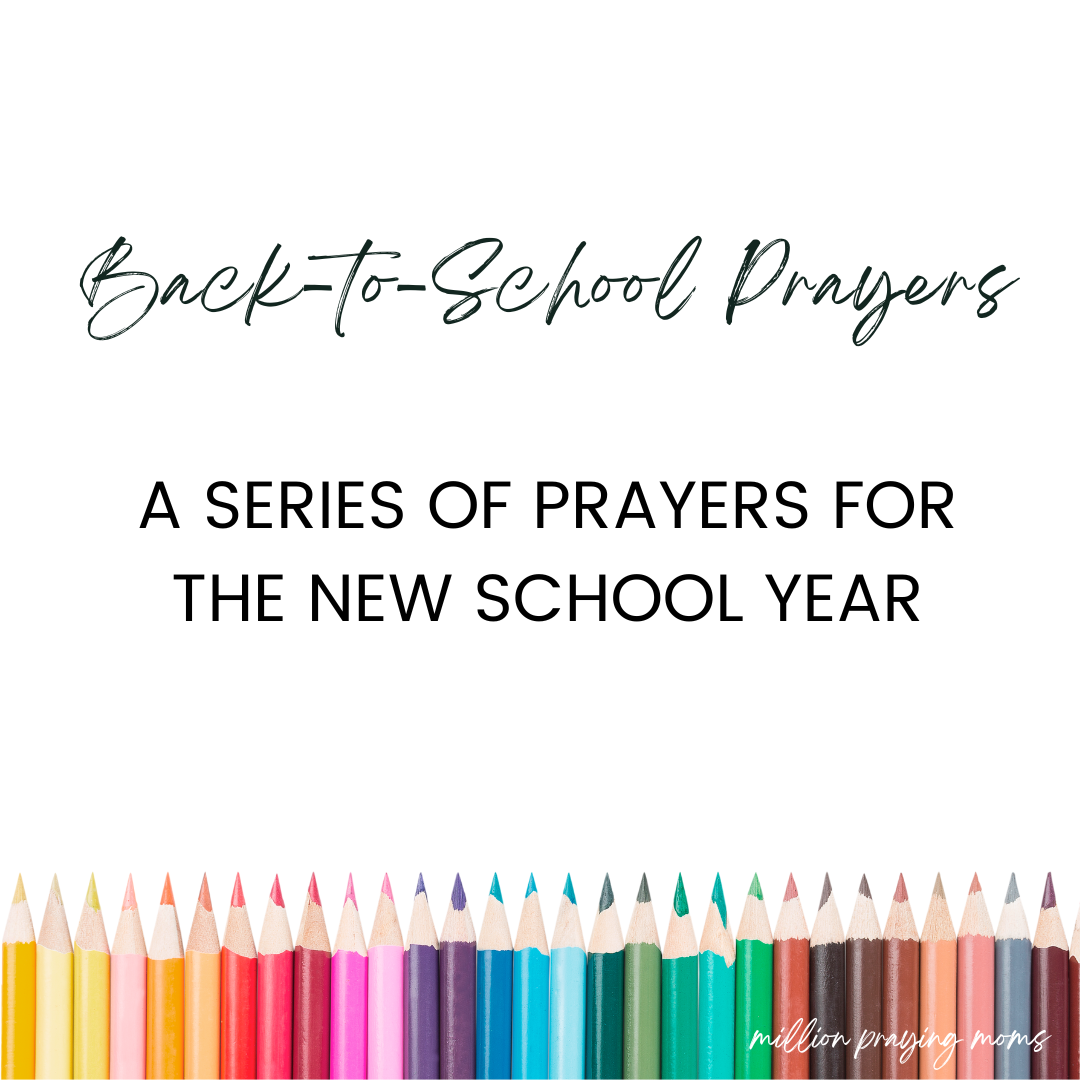I have gardened and landscaped for a long time now. Living with an unstable man for many years, we moved often. This gave me the opportunity to hone my gardening skills, as each place we moved to was another blank canvas for me to practice gardening and landscaping on.
An important lesson I learned by the sweat of my brow is that there is a part of gardening called soil preparation that is time-consuming and hard work that looks nothing like the job of seed planting or harvest. I also learned the hard way that if I did not take the time to prepare the soil properly, then I was simply wasting my time in planting – there would be no harvest, which for me meant no flowers, because I major in annuals, perennials, and bulbs with a tuber or rhizome thrown in for good measure.
So today I just completed serious repair work on a garden in a day and a half with the help of my dear husband that just ten years ago would have taken me half that time by myself. And I needed a lot more breaks!
These days when putting in a new garden or flower bed, I use the lasagna gardening method. In a nutshell, a lasagna garden is created in layers: Identify where the new garden needs to go, do not shudder because there is a healthy crop of Bermuda grass growing there, mark out your garden area and beginning with a layer of cardboard, cover the potential garden spot. Now after this, the official lasagna garden books and people have specific formulas that make for the best gardens. I diverge and bit and use some of what I have on hand, like leaves from our two large maples, some top soil, a good compost, and sometimes some peat moss. The idea is to layer, one at a time, these ingredients for your garden. Do not bother with stirring them together, simply make your layers, then plant.
A year or two ago when I originally put in the garden in question, I did not have all the cardboard needed for the bottom layer, so I substituted plastic leaf bags. Don’t do this. It is a bad idea. Whereas the cardboard breaks down and allows plant roots through, plastic does not. My tall plants had too shallow of roots and toppled over.
Now we come to this weekend. My job was to dig up and cautiously save the plants I wanted to keep, then identify and pull the plastic out from under the layers of soil, replace with cardboard, then add more layers of soil. My old body which has mostly sat doing schoolwork for the last six years or so was in shock, asking me what in the world did I think I was doing?! So I took up my fence, then rested. I pulled the plastic out of the garden, then rested. I put the layer of leaves down (do you know how heavy those bags can get from autumn to spring, being snowed and rained on?). Then I rested. At this point, my husband came to check on my progress, had mercy on me, and hoisted the bags of compost, then top soil to the proper garden spots. I opened the bags, dumped them out, and spread the layers. And so it continued through to the finish. Whew!
It took me, with my husband’s help, a day and a third to prepare the soil and less than an hour to plant the seeds and water them in.
Why do I tell you all of this? Because it is like the apostle Paul mentions in I Corinthians 3:7, 8:
“So neither the one who plants nor the one who waters is anything, but only God, who makes things grow. The one who plants and the one who waters have one purpose, and they will each be rewarded according to their own labor.”
Paul is speaking of winning souls for Jesus here.
I tried for many years to be a seed planter/harvester for Jesus. I took my children along with me on door-knocking, soul-winning campaigns, and I still believe in those. I also believe it is excellent training for children. On rare occasions, I would actually have someone come to Jesus. I am a slow learner, but after years of trying with little to no success, it occurred to me that, just maybe, seed planting/harvesting was not one of my kingdom gifts.
I know, I know, seed planting and harvesting get most of the attention, and we are all to be harvesters, at least that is what I have heard a lot of through the year s in the religious tribes I have been a part of. But what if that is not my gift? Paul says that one planted, one watered, and God gave the increase.
s in the religious tribes I have been a part of. But what if that is not my gift? Paul says that one planted, one watered, and God gave the increase.
Like the lack of success that I had in gardening when I did not bother to prepare the soil, so it is with human hearts. If all of us are focusing on planting seed and harvesting, who is preparing the soil? And remember, soil preparation is time-consuming, hard work, and looks nothing like the job of seed planting or harvesting.
I would encourage you to explore your gifts when it comes to evangelism. Don’t let fear stop you! Try seed planting. Maybe you were given that gift. But also try harvesting, watering, and soil preparation. You may have been given a gift that looks nothing like harvesting that is vital for kingdom growth. And remember that it is God who gives the increase.
Hugs,
Cindy



0 Comments